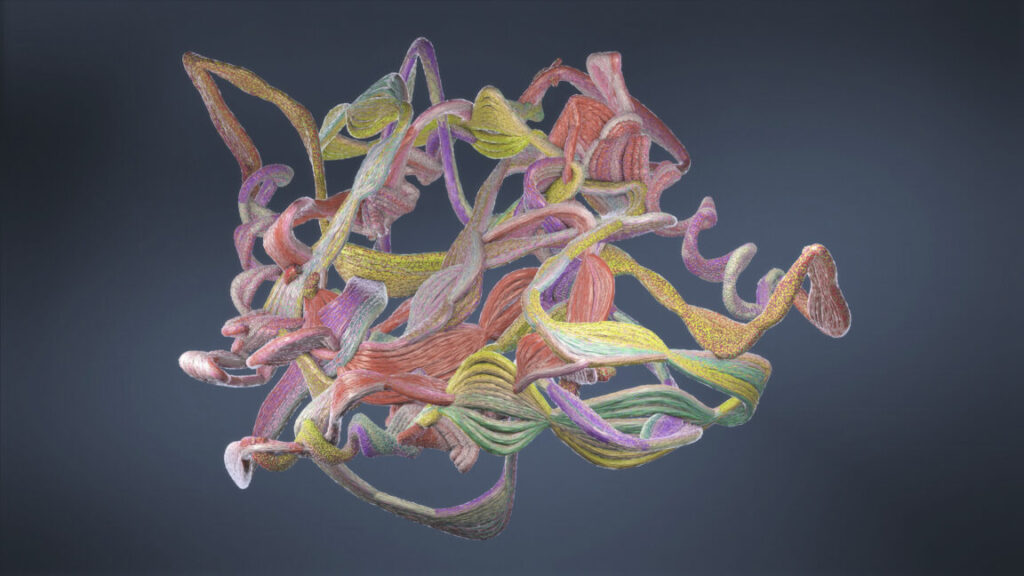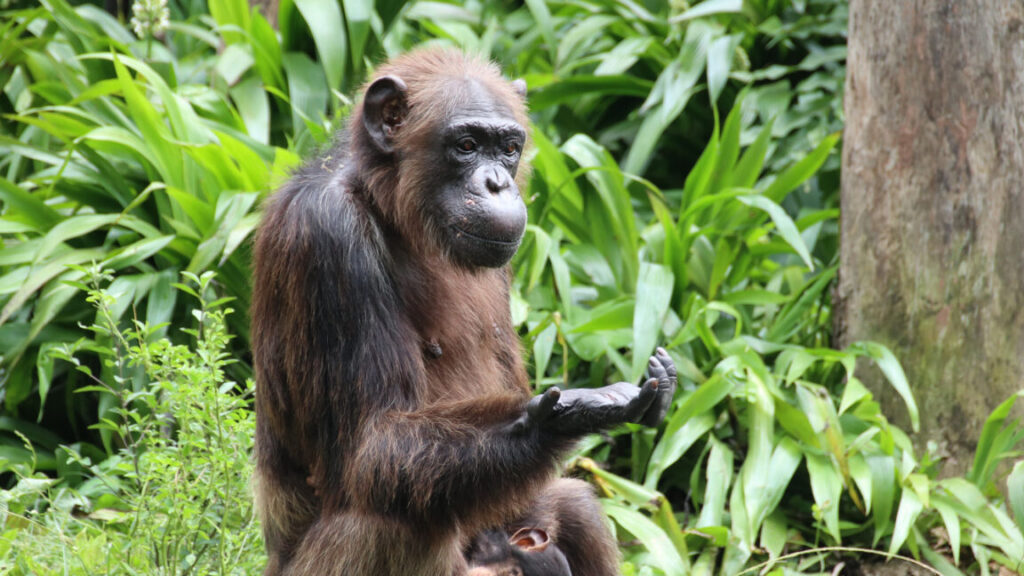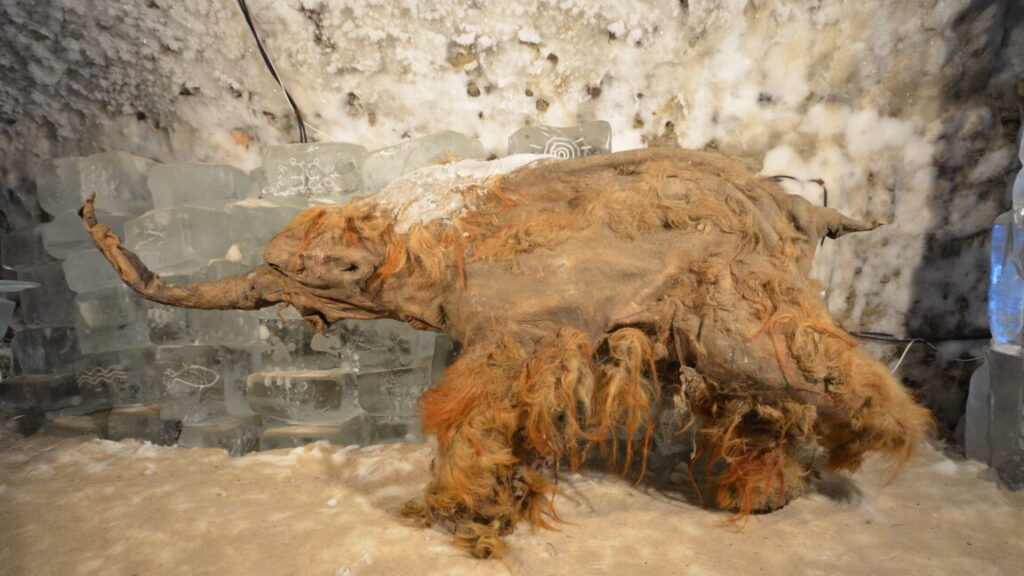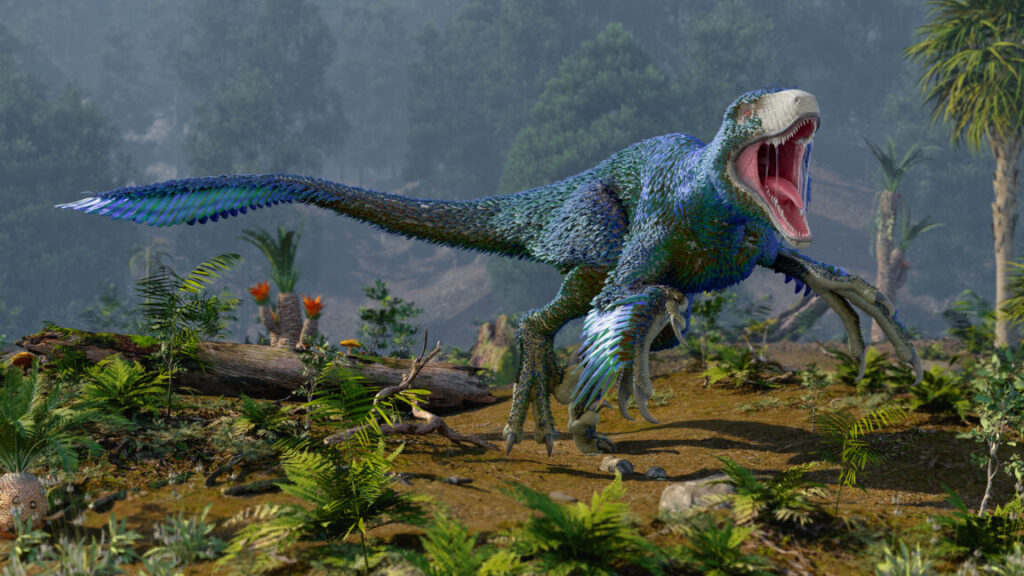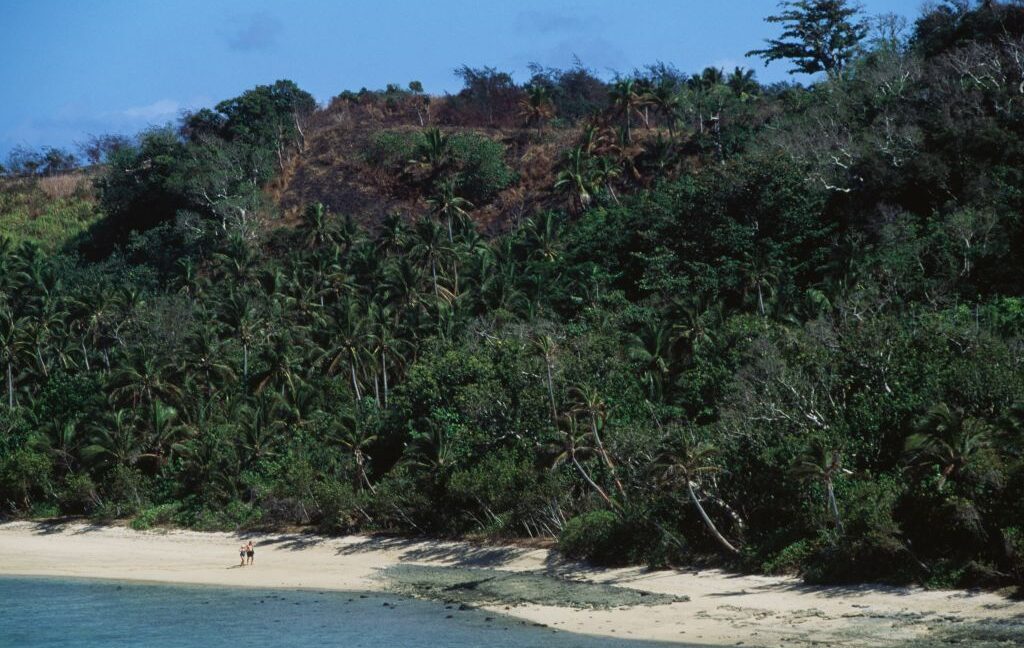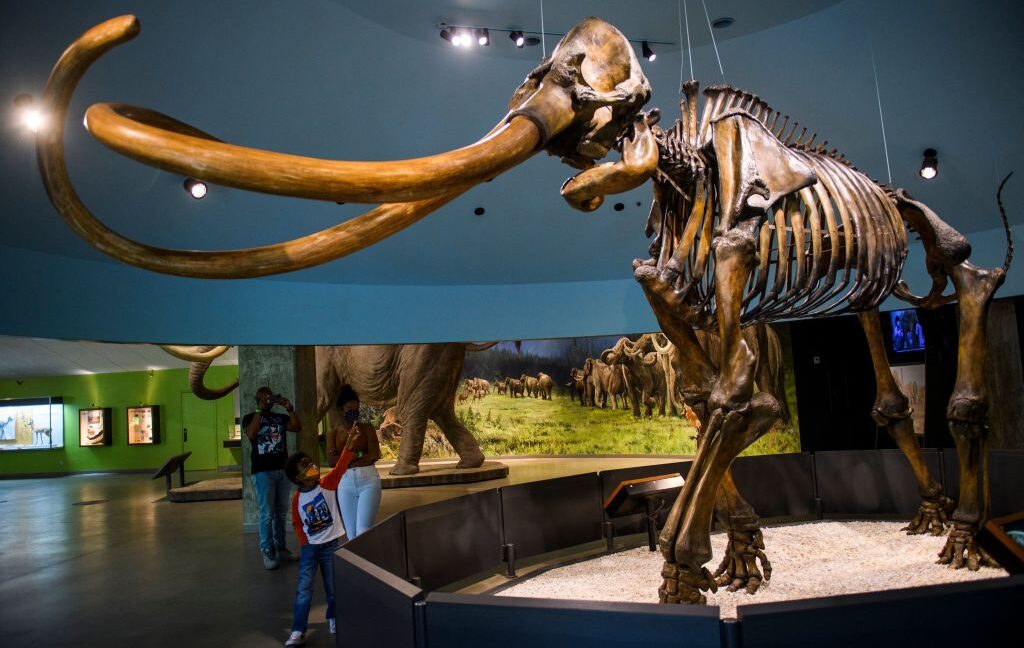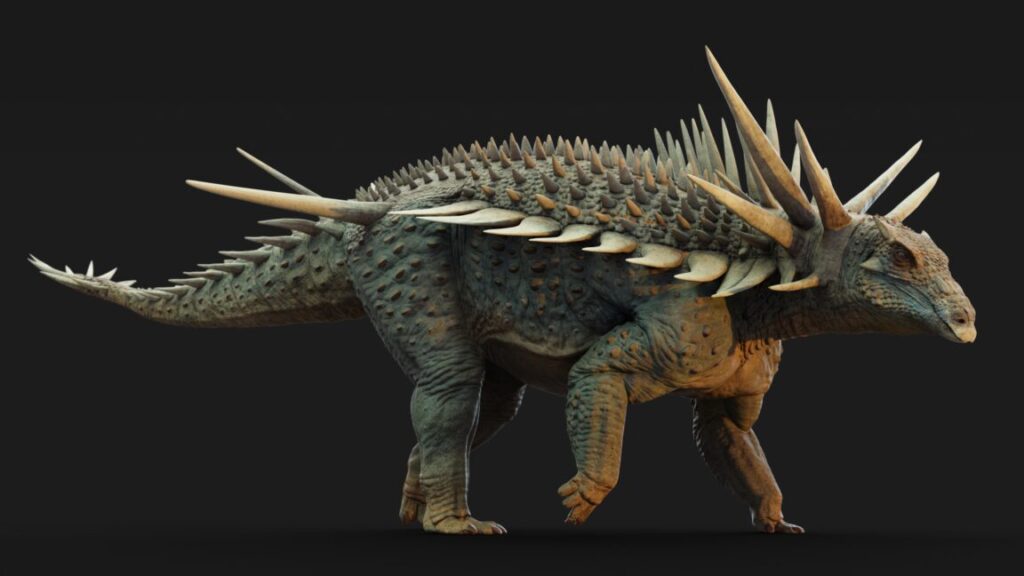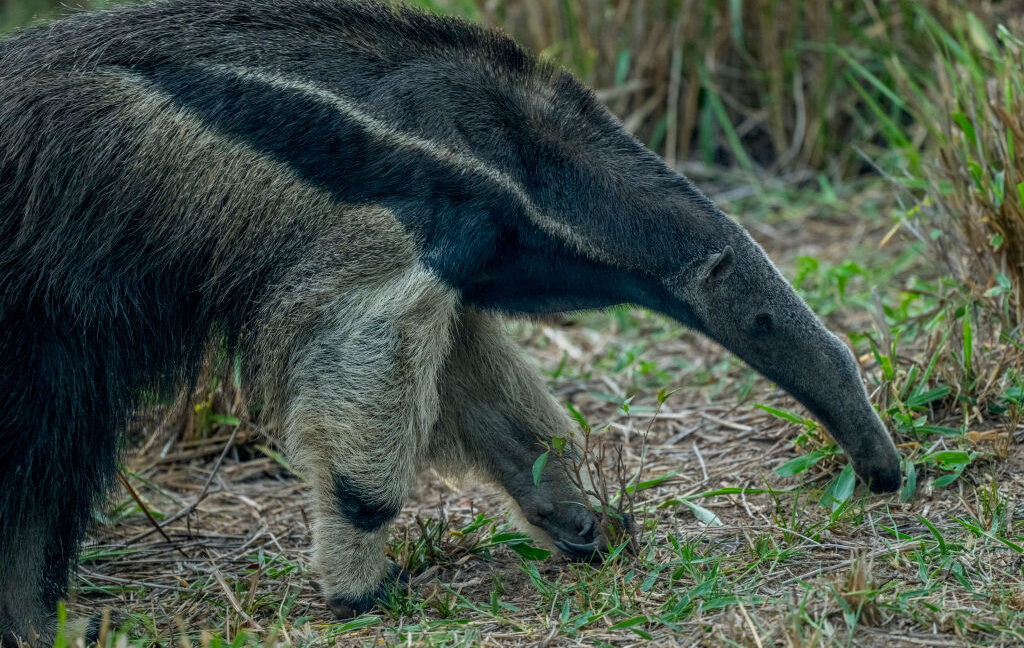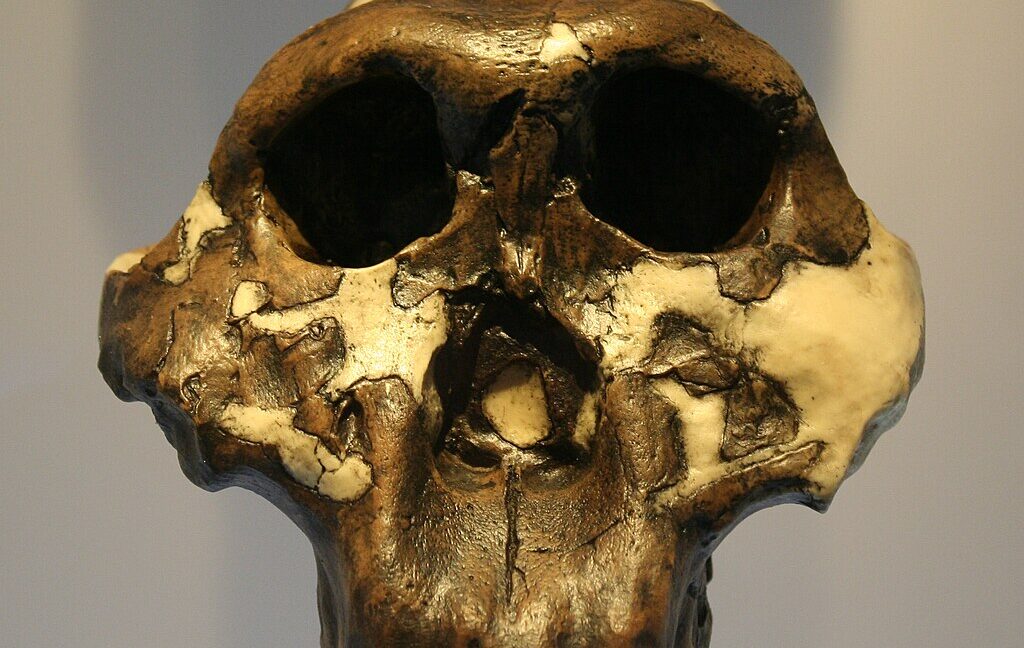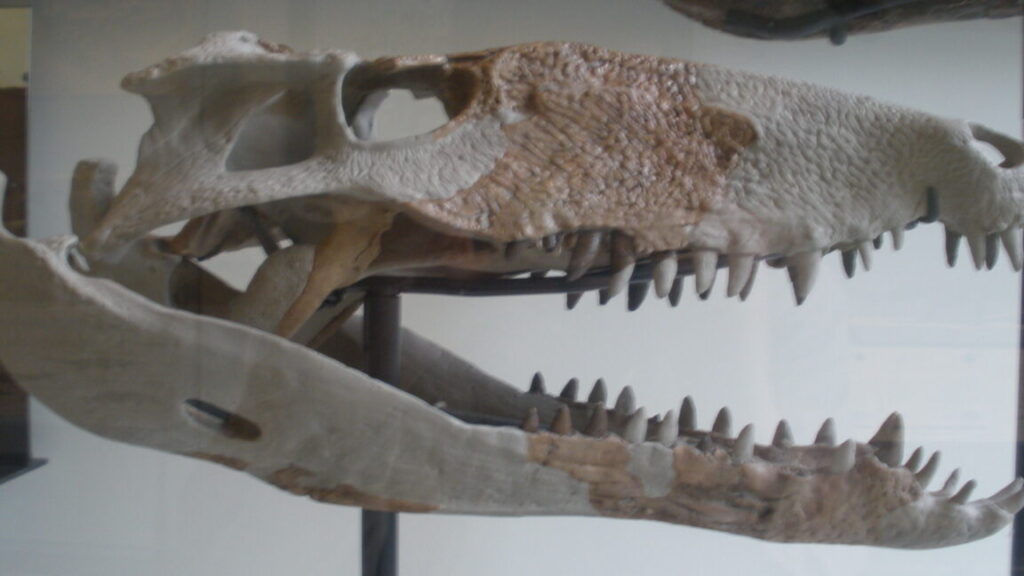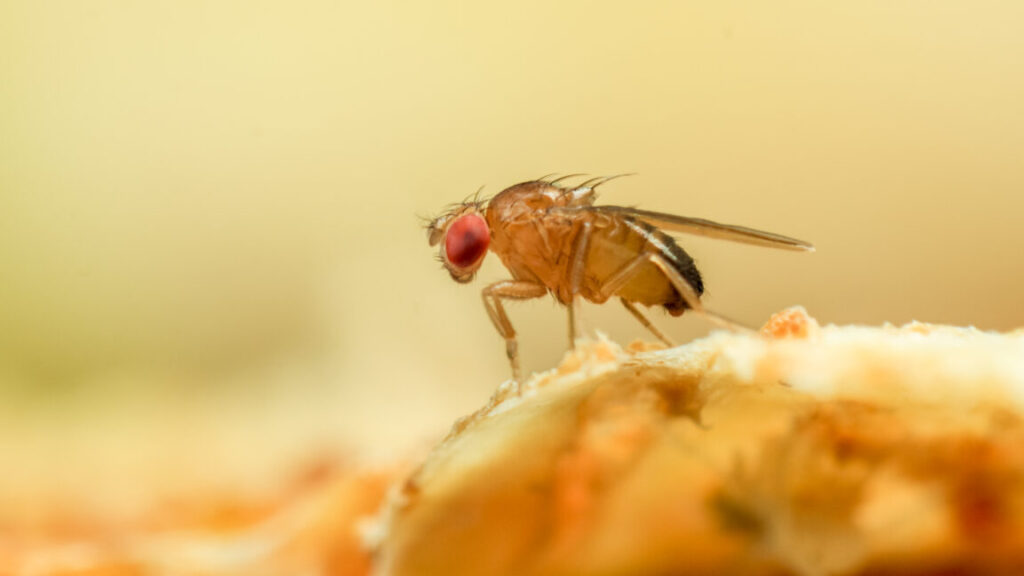Humans in southern Africa were an isolated population until recently
Collectively, the genetic variants in this population are outside the range of previously described human diversity. That’s despite the fact that the present-day southern African hunter-gatherer populations are largely derived from southern African ancestors.
What’s distinct?
Estimates of the timing of when this ancient south African population branched off from any modern-day populations place the split at over 200,000 years ago, or roughly around the origin of modern humans themselves. But this wasn’t some odd, isolated group; estimates of population size based on the frequency of genetic variation suggest it was substantial.
Instead, the researchers suggest that climate and geography kept the group separate from other African populations and that southern Africa may have served as a climate refuge, providing a safe area from which modern humans could expand out to the rest of the continent when conditions were favorable. That’s consistent with the finding that some of the ancient populations in eastern and western Africa contain some southern African variants by around 5,000 years ago.
As far as genetic traits are concerned, the population looked like pretty much everyone else present at the time: brown eyes, high skin pigmentation, and no lactose tolerance. None of the older individuals had genetic resistance to malaria or sleeping sickness that are found in modern populations. In terms of changes that affect proteins, the most common are found in genes involved in immune function, a pattern that’s seen in many other human populations. More unusually, genes that affect kidney function also show a lot of variation.
So there’s nothing especially distinctive or modern apparent in this population, especially not in comparison to any other populations we know of in Africa at the same time. But they are unusual in that they suggest there was a large, stable, and isolated group from other populations present in Africa at the time. Over time, we’ll probably get additional evidence that fits this population into a coherent picture of human evolution. But for now, its presence is a bit of an enigma, given how often other populations intermingled in our past.
Nature, 2025. DOI: 10.1038/s41586-025-09811-4 (About DOIs).
Humans in southern Africa were an isolated population until recently Read More »

